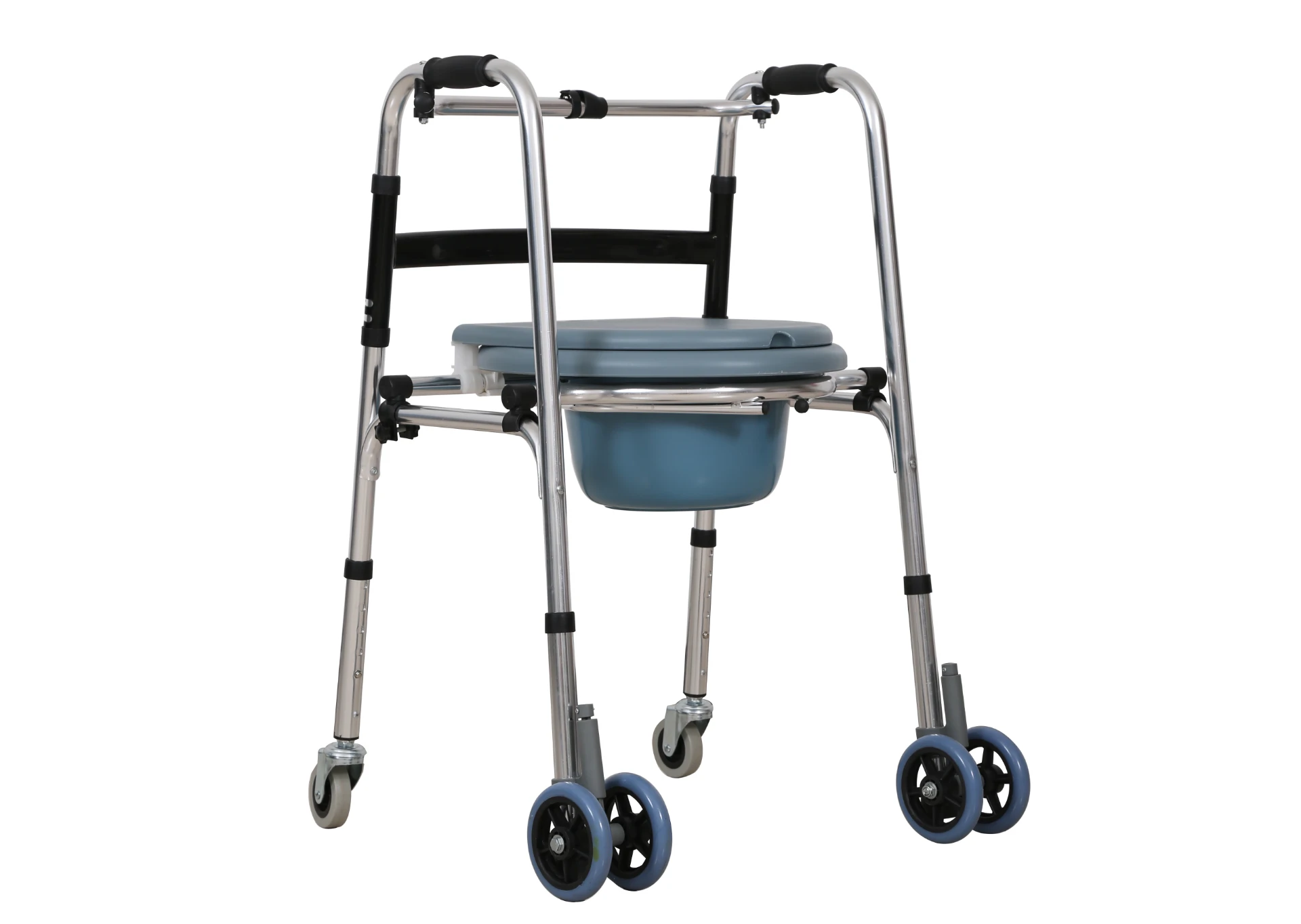Welcome to our websites!
Bilateral Axillary Crutches - Enhance Mobility and Support
Bilateral Axillary Crutches An Overview
Bilateral axillary crutches are assistive devices used by individuals with impaired mobility to enhance their movement and independence. Often employed in rehabilitation settings, these crutches are designed to provide support while allowing users to bear weight on their legs, making them an essential tool for recovery from injuries, surgeries, or chronic disabilities.
The design of bilateral axillary crutches features two separate crutches with padded armpit rests that help distribute weight effectively, minimizing strain on the user's arms and shoulders. Typically made from lightweight materials, such as aluminum, these crutches are easy to maneuver and can be adjusted in height to accommodate the user's stature. This adjustability is crucial, as it ensures proper fit and comfort, promoting safe and effective use.
Individuals may require axillary crutches for various reasons. Common conditions necessitating their use include fractures, sprains, and post-operative recovery in procedures involving the lower limbs. They also serve individuals with neurological conditions that affect mobility, such as multiple sclerosis or spinal cord injuries. By providing stability and balance, bilateral axillary crutches empower users to maintain an active lifestyle, engage in daily activities, and contribute to their rehabilitation process.
bilateral axillary crutches

Learning to use bilateral axillary crutches effectively involves acquiring proper techniques. Users are typically trained to bear weight on their hands while keeping their elbows slightly bent. This technique encourages a natural gait pattern, allowing users to move forward in a controlled manner. It is also vital to avoid relying excessively on the crutches for support, as this could lead to muscle weaknesses or imbalances over time.
Safety is a primary concern when using crutches. Users should ensure that they are wearing appropriate footwear with good traction to prevent slips and falls. Regular inspections of the crutches for signs of wear and tear, such as frayed grips or loose fittings, also help maintain their functionality. Additionally, individuals with limited upper body strength should consider the potential for fatigue and plan rest periods as needed during mobility.
While bilateral axillary crutches can be a significant aid, they may also pose challenges. Navigation in tight spaces, managing stairs, and maintaining balance can be difficult, requiring practice and adaptation. Support from healthcare professionals, including physical therapists, can enhance the user’s experience by providing personalized guidance and strategies for effective use.
In conclusion, bilateral axillary crutches are invaluable mobility aids that foster independence for many individuals facing mobility challenges. With proper training, safety practices, and ongoing support, these devices can significantly improve quality of life and assist users in their journey towards recovery and enhanced mobility.
-
Navigating the Wholesale Landscape of Electric Mobility Solutions: Key Considerations for Power Wheelchair DealersNewsJun.10,2025
-
Navigating the Wholesale Market: A Comprehensive Guide to Procuring Wheelchairs and Mobility EquipmentNewsJun.10,2025
-
Navigating the World of Wholesale Rehabilitation Equipment: A Guide for DistributorsNewsJun.10,2025
-
A Wholesaler’s Essential Guide to Sourcing Hospital Furniture: Key Considerations with Hebei Boxin Recovery Equipment Co., Ltd.NewsJun.10,2025
-
A Wholesaler’s Definitive Guide to Sourcing Hospital Beds: Key Considerations with Hebei Boxin Recovery Equipment Co., Ltd.NewsJun.10,2025
-
Unveiling the Secrets of Sourcing High - Quality Medical Exam Beds for Sale: A Wholesaler's GuideNewsJun.10,2025
-
Essential Equipment for Ambulance and Emergency CareNewsApr.17,2025











